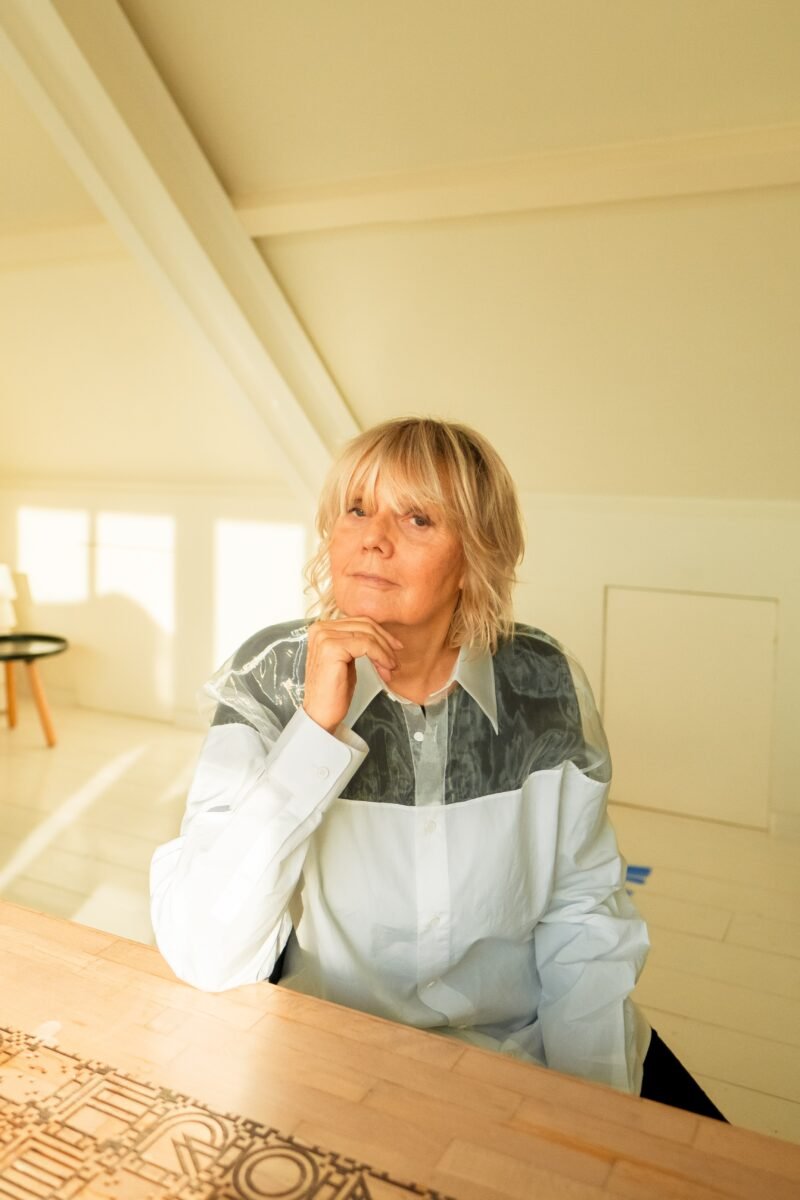Secret Underwater Architecture In Amsterdam
Last week we found out about the existence of a hidden underwater house — the so-called ‘Cockelbockel’ — in the Sloterplas lake in Amsterdam’s western garden cities.
Being a tourist in your own city can be quite a refreshing experience. Last week we went on a boat trip through Amsterdam’s New West, organized by the Van Eesterenmuseum — the organization responsible for keeping the heritage of the post-war garden cities alive. One of the highlights of the tour was the Sloterplas. This 30-meter deep, man-made lake in the center of the district emerged between 1948 and 1956 due to the extraction of building sand for the surrounding garden cities.

Created by Cornelis van Eesteren in 1934, the ‘Algemeen Uitbreidingsplan’ proposed the construction of garden cities in West and South Amsterdam. The Sloterplas is located in the middle of the western extension of the city

The Sloterplas today
Designed as a recreational area for the 150,000 inhabitants of the garden cities, the lake is home to many water sports activities. During the boat tour, we were very surprised to hear about the existence of a hidden underwater house — the so-called ‘Cockelbockel’. This Jacques Cousteau-inspired piece of architecture is the absolute highlight of the local Sloterplas diving community, and can be found approximately twelve meters below water level. Owner of the Cockelbockel is diving club OJC, which installed the structure back in 1966. At that time it was the ninth underwater house in the world.

The Cockelbockel before installation. The original color of the façade is yellow (referring to Beatles song Yellow Submarine), but fifty years later it’s covered with algae and shellfish

Not many people know about the existence of the Cockelbockel, and even fewer people have ever had the chance to enter it. The turbid water can make it hard for divers to find it (some couldn’t even find it and thought it was gone). Experienced divers can get into the Cockelbockel through a narrow hole in the floor. Inside the house, which fits one to two persons, it’s possible to take off your oxygen mask because there’s always fresh air coming down from the outside world. Round windows in the façade allow you to get a panoramic view of the underwater scene.

A buoy marks the location of the Cockelbockel

In the past, divers who had visited the underwater house could request a sticker and a log sheet as a proof of membership of the Cockelbockel ‘elite’. Five decades after construction and installation, the underwater house is still one of the most spectacular attractions for divers. Trips to the Cockelbockel are organized on a regular basis, like on New Year’s Day, when divers literally drink champaign inside the house.
In case you want to explore the Sloterplas and other treasures in Amsterdam’s western garden cities too, the Van Eesterenmuseum is a great starting point. Be sure to check out the agenda for organized boat tours and other activities.



